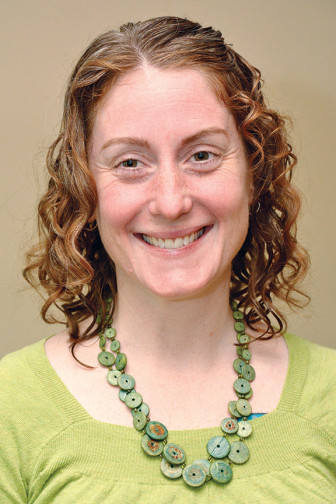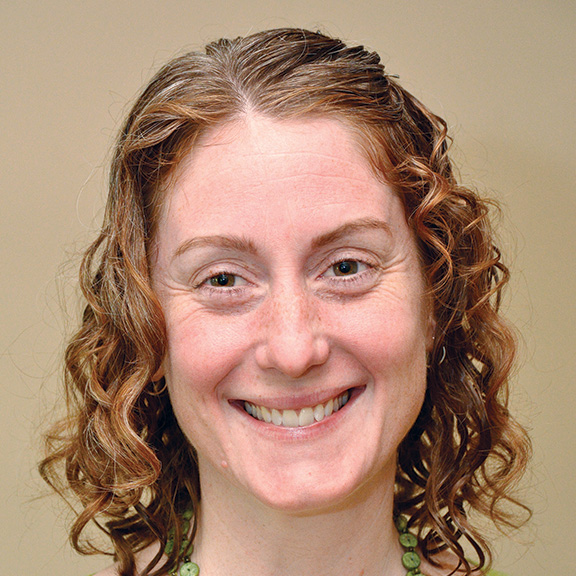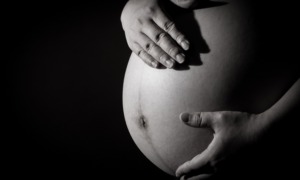 Providing “safe space” is critical for after-school programs in helping young people thrive. Most providers probably think they do that. But it can be difficult to understand specifically what staff can do to create a space that is conducive to social and emotional development.
Providing “safe space” is critical for after-school programs in helping young people thrive. Most providers probably think they do that. But it can be difficult to understand specifically what staff can do to create a space that is conducive to social and emotional development.
Efforts are underway nationwide to change that. As the evaluator for the Social and Emotional Learning (SEL) Challenge (funded by the Susan Crown Exchange), the Weikart Center for Youth Program Quality has been talking with after-school providers across the country about how they define and create safe spaces. Their insights are worth sharing.
This emergent work is part of a larger process, which will result in a field guide published in December that provides standards for staff practices and youth experiences for building SEL skills. We identified three overarching characteristics of safe spaces (still in draft form):
- Cultivation of ground rules for group processes (e.g., listening, turn-taking, decision-making), sharing of emotions.
- Cultivation of a culture in which people actively care for each other.
- Promotion of equity and inclusion, and demonstration of support for the principles that all youth are different, equal and important.
Building a safe environment using a whole group structure is especially pertinent to adolescents, who are beginning to develop a capacity for empathy. For younger children, many of these same practices apply, but staff might focus on individual children’s experiences and emotions.
[Related: Honesty and the Facilitator’s Role in Afterschool Sex Education]
Each of the eight after-school programs in the SEL Challenge engaged a manager, instructional staffer and evaluator to help identify best practices in building SEL skills, using interviews, writings and meetings. The eight programs are: AHA! (Attitude, Harmony, Achievement), Boys & Girls Clubs of Greater Milwaukee, The Possibility Project, Philadelphia Wooden Boat Factory, Voyageur Outward Bound School, Wyman, Youth on Board and YWCA Boston. Here is some of what they said about creating safe spaces:
Ground rules
The right to be heard: “It’s really deepening the sense of empathies by having people not interrupted … and not challenged when they speak. The girls learn this extraordinary capacity to tolerate taking in other people’s point of view, and deal with what they feel in response to what somebody is saying, but being able to metabolize that emotion instead of what happens in normal social discourses: the back and forth, the interrupting and the distractions.” – Jennifer Freed, AHA!, Santa Barbara, Calif.
Respect: “They can’t use language that is going to be hurtful to others. There are appropriate boundaries put in place where youth are able to share their emotions but also learn that there’s a way to do that so that you’re not unintentionally hurting others.” – Beth Chandler, YWCA Boston
Confidentiality: “What goes on in whatever the program is, stays in whatever the program is … . It’s a huge dynamic. Particularly with social media, sometimes kids get excited and they want to share, and they don’t realize sharing something was great for them, [but] it might not have been great for the person in the group or somebody else that was impacted by it.” – Natalie Cooper, Boys & Girls Clubs of Greater Milwaukee
Caring culture
Using words: “A lot of these young kids, they’ve never been told that somebody loves them. From the beginning, we say that all time.” – La’Ketta Caldwell, Boys & Girls Clubs of Greater Milwaukee
Using actions: “When we say we’re going to do something, we do it. If we can’t, we say, ‘I apologize, but I’m not going to be able to do this right now. Can you give me more time?’ Instead of pretending like we were going to do it and just, oh, they’ll forget. Kids don’t forget that stuff.” – La’Ketta Caldwell, Boys & Girls Clubs of Greater Milwaukee
Confronting struggles: “When things don’t go as planned because the task might be too difficult or the expectation of what we thought they were capable of doing … is set too high … we’re just really real. I try to be transparent, so that we can all work it out together. So the student really feels like, ‘Wow, I am a part of this.’ It makes them feel more invested, and that’s what we want them to feel.” – Victoria Guidi, Philadelphia Wooden Boat Factory, Philadelphia
Equity and inclusion
Understanding them: “Our starting point in terms of our understanding of them and where they’re at socially/emotionally is up to them. When we go into that room on the first day, and we’re observing them and listening to them, we’re just trying to understand where they’re at. We try not to make assumptions.” – Paul Griffin, The Possibility Project, New York
Understanding themselves: “We just from the onset say there’s no right or wrong place to be in your development. It’s your development. The most important thing is that you’re informed and that you choose and that you are comfortable.” – Jennifer Freed, AHA!, Santa Barbara, Calif.
“When you start teaching about concepts of empathy, you have to be secure in who you are and what your feelings are to be able to relate empathy for something that somebody else is dealing with.” – Natalie Cooper, Boys & Girls Clubs of Greater Milwaukee
Understanding others: “Each participant shares the story of his/her life in a limited amount of time and focuses on what makes him/her who he/she is. The rest of the cast listens, striving not to respond. The value of this exercise is in the listening, as each participant learns about the realities of young life and has the opportunity to connect and understand his/her cast members.” – Paul Griffin, The Possibility Project, New York
These vignettes represent what a safe space looks like in a variety of teen programs across the country. Youth program leaders might adapt these characteristics to their own programs, taking what the field has confirmed as a best practice with the program leader’s own knowledge of the context at their site and the youth in their program.
Gina McGovern is product design and innovation specialist at the David P. Weikart Center for Youth Program Quality, a division of the Forum for Youth Investment.
This column was produced in partnership with the Forum for Youth Investment.
Stories on related topics:
Runaway and Cast Off: One LGBT Teen’s Story
Book Review — Finding Out: An Introduction to LGBT Studies
































